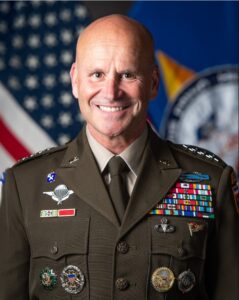
The top American officer in Europe told a Senate panel Thursday that despite Russia's struggles in Ukraine, Russia will remain the top threat in the region, in part because the conflict has mostly degraded only its ground forces. Sen. Deb Fischer (R-Neb.) asked Gen. Christopher Cavoli, commander of U.S. European Command/NATO Supreme Allied Commander Europe, how he sees threats changing in his area of operations in the coming decades. He responded it will likely be more of the same, despite…

 By
By 











